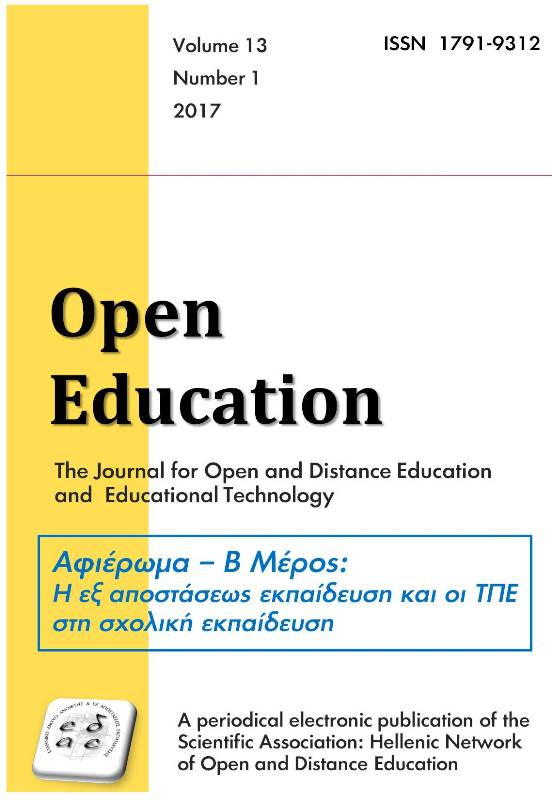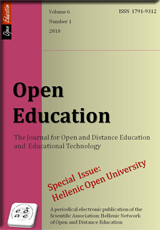The Importance of "Teaching Presence" and the New Role of the Teacher in Contemporary Learning Environments Focusing on Pedagogical Exploitation of Interactive Videoconferencing
Abstract
The present research attempts to investigate the notion of teaching presence as this occurs in an interactive videoconference environment in accordance with the ODYSSEAS project methodological framework.
In order to examine teaching presence in such learning environments, it is vital to study the role of the educator and to identify the necessary skills so that the teacher can teach both the local and the remote class. This research is based on action research methodology and was applied to primary school teachers in Attica and Crete. It involved fifth and sixth grade pupils. The research was furthermore based on interactive videoconference methodology as it is applied in the methodological framework of the ODYSSEAS project as well as on the Blended Learning model. Research findings point towards the emergence of a specific role and the development of specific skills for the teachers, in an educational context that is based on methodological approaches and on content with a strong teaching presence.Article Details
- Zitationsvorschlag
-
- Ausgabe
- Bd. 15 Nr. 1 (2019)
- Rubrik
- Μέρος πρώτο / Section 1






